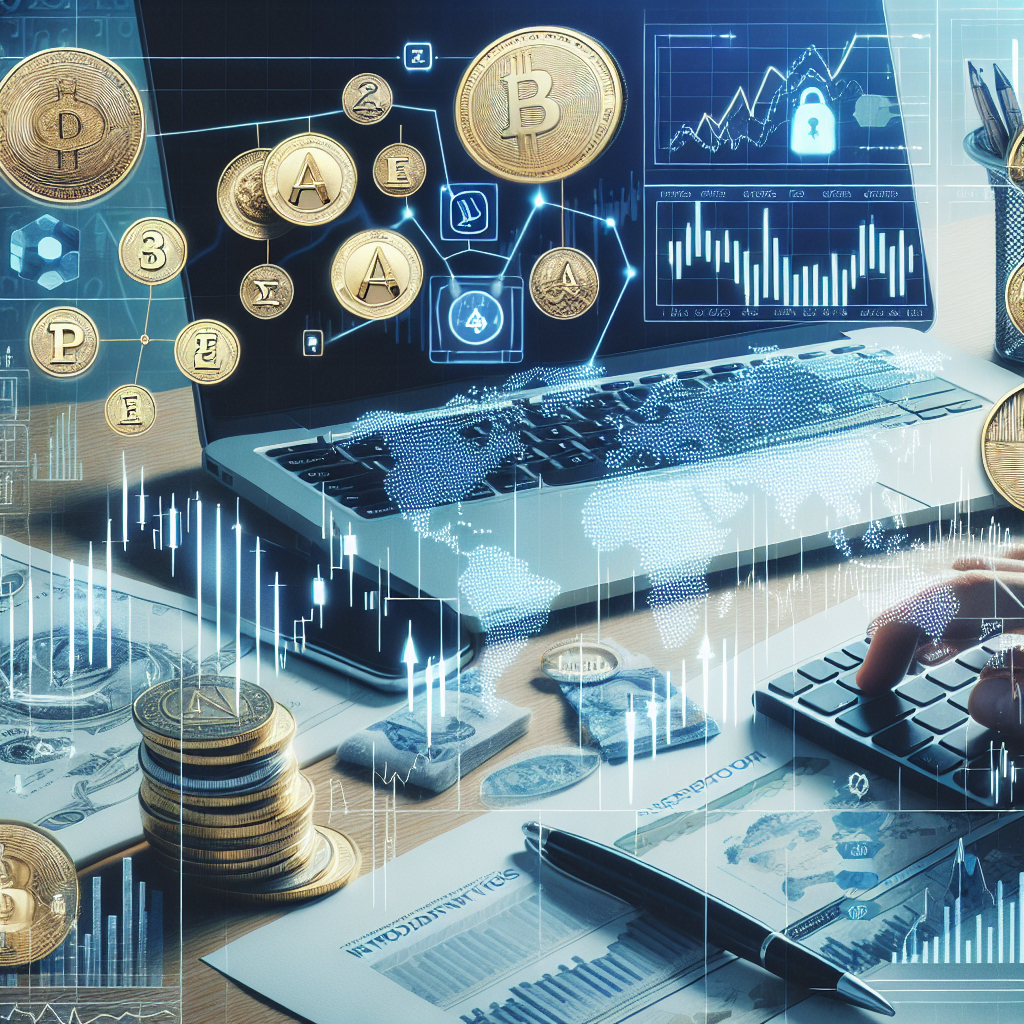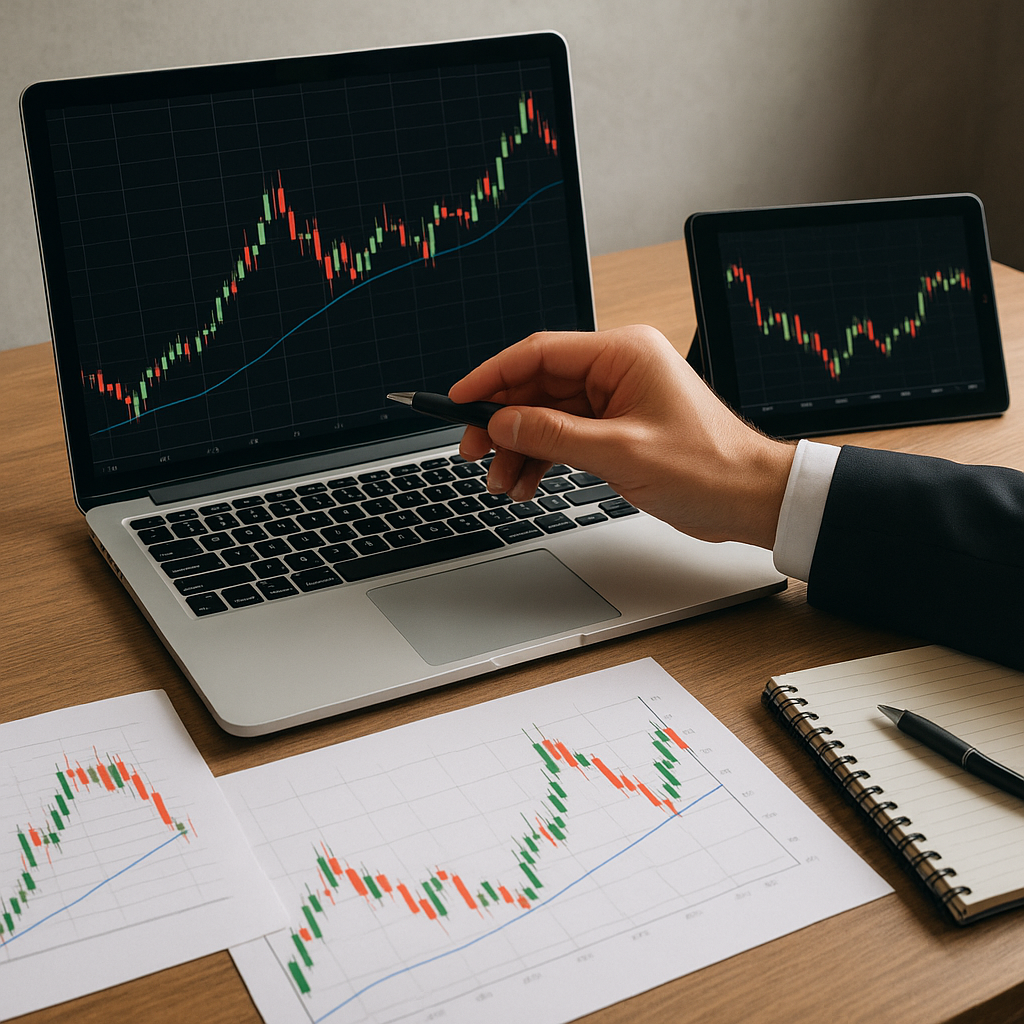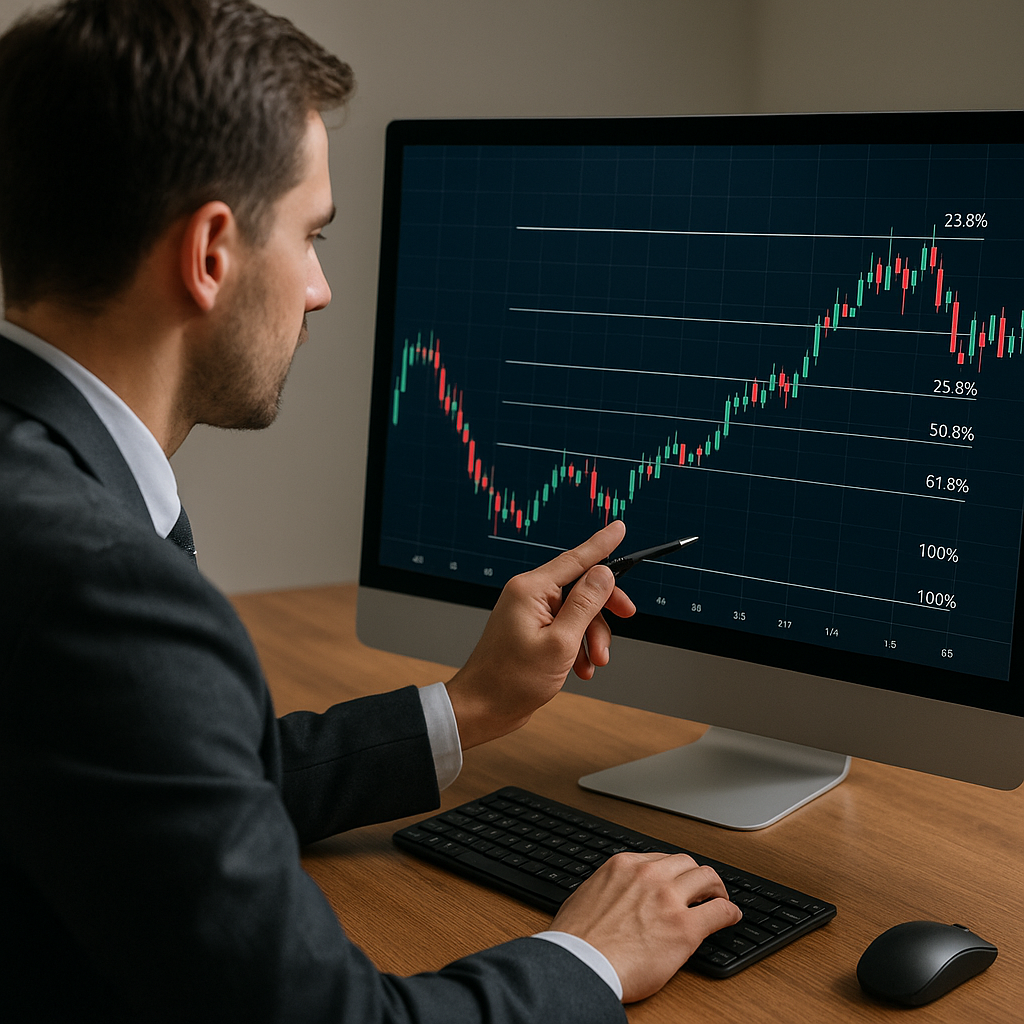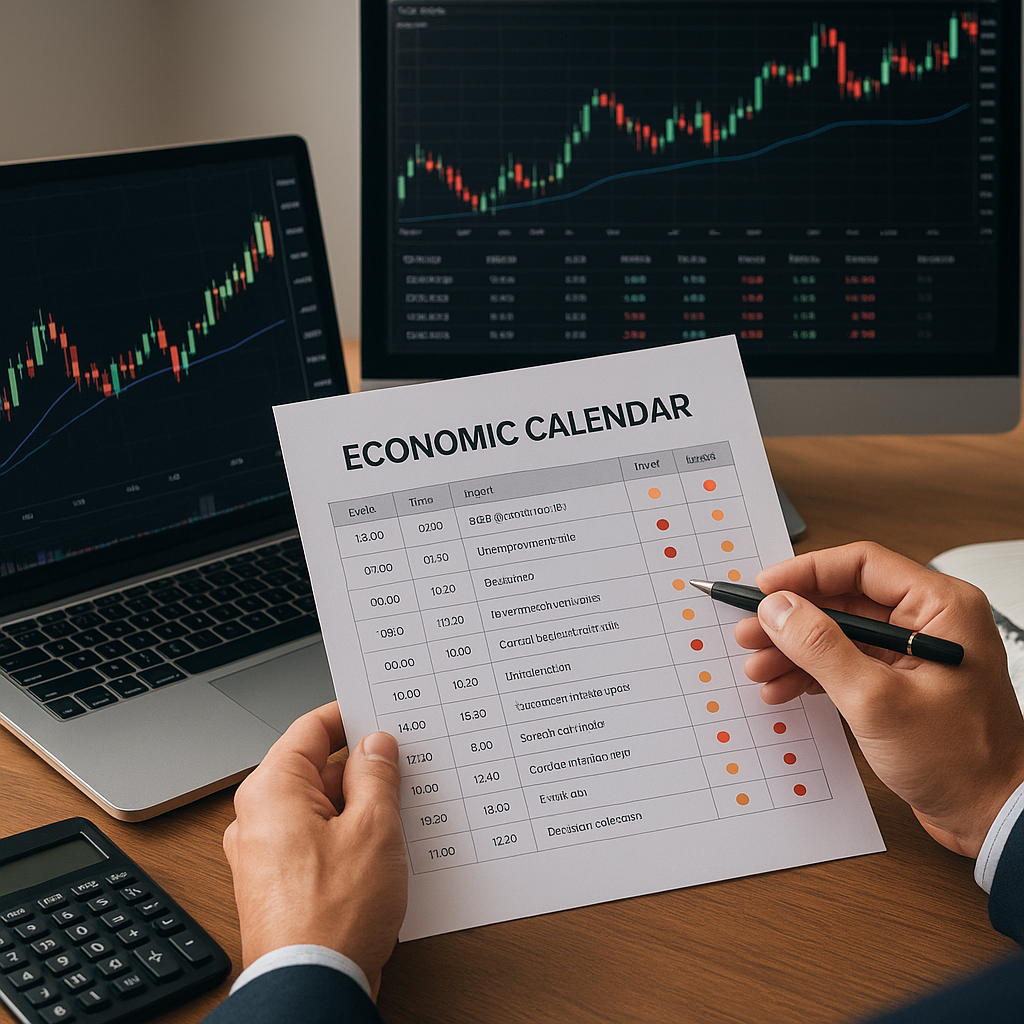Automated trading in currency markets, also known as algorithmic trading or algo-trading, has revolutionized the way investors and traders approach the forex market. By leveraging advanced algorithms and high-speed computing, automated trading systems can execute trades with precision and speed that far surpasses human capabilities. This article delves into the fundamentals of automated trading in currency markets, exploring its benefits, challenges, and the technology that drives it.
Understanding Automated Trading
Automated trading involves the use of computer programs to enter and exit trades based on predefined criteria. These criteria can be as simple as moving average crossovers or as complex as multi-variable statistical models. The primary goal is to remove human emotion and error from the trading process, thereby increasing efficiency and potentially profitability.
How Automated Trading Works
At its core, automated trading relies on algorithms—sets of rules or instructions that the computer follows to make trading decisions. These algorithms can be developed using various programming languages such as Python, C++, or Java. Once the algorithm is coded, it is backtested against historical data to ensure its effectiveness. If the backtesting results are satisfactory, the algorithm is then deployed in a live trading environment.
Automated trading systems can be categorized into several types:
- Trend-following systems: These systems aim to capitalize on market trends by identifying and following them. They often use technical indicators like moving averages and trend lines.
- Mean-reversion systems: These systems are based on the idea that prices will revert to their mean or average over time. They look for overbought or oversold conditions to enter trades.
- Arbitrage systems: These systems exploit price discrepancies between different markets or instruments. They require high-speed execution and low latency to be effective.
- Market-making systems: These systems provide liquidity to the market by placing both buy and sell orders. They profit from the bid-ask spread.
Benefits of Automated Trading
Automated trading offers several advantages over manual trading:
Speed and Efficiency
Automated trading systems can execute trades in milliseconds, far faster than any human trader. This speed is crucial in the forex market, where prices can change rapidly. By executing trades quickly, automated systems can take advantage of short-term price movements that might be missed by human traders.
Elimination of Emotions
One of the biggest challenges in trading is managing emotions. Fear and greed can lead to poor decision-making and significant losses. Automated trading systems remove emotions from the equation, as they strictly follow predefined rules. This can lead to more consistent and disciplined trading.
Backtesting and Optimization
Before deploying an automated trading system, traders can backtest it against historical data to evaluate its performance. This allows for optimization and fine-tuning of the algorithm to improve its effectiveness. Backtesting also provides a level of confidence in the system’s ability to perform in live markets.
24/7 Trading
The forex market operates 24 hours a day, five days a week. Automated trading systems can monitor and trade the market around the clock, ensuring that no trading opportunities are missed. This is particularly beneficial for traders who cannot be in front of their screens at all times.
Challenges and Risks
While automated trading offers numerous benefits, it is not without its challenges and risks:
Technical Failures
Automated trading systems rely on technology, and technical failures can occur. These failures can range from software bugs to hardware malfunctions and internet connectivity issues. Such failures can lead to missed trades or, worse, unintended trades that result in significant losses.
Over-Optimization
Over-optimization, also known as curve-fitting, occurs when an algorithm is too finely tuned to historical data. While this may result in excellent backtesting performance, it often leads to poor performance in live markets. Traders must strike a balance between optimization and robustness to ensure their algorithms can adapt to changing market conditions.
Market Conditions
Automated trading systems are designed based on historical data and specific market conditions. However, markets are dynamic and can change rapidly. An algorithm that performs well in one market environment may struggle in another. Continuous monitoring and adjustment of the algorithm are necessary to maintain its effectiveness.
Regulatory and Compliance Issues
Automated trading is subject to regulatory oversight, and traders must ensure their systems comply with relevant regulations. This includes adhering to market rules, reporting requirements, and risk management standards. Failure to comply can result in legal and financial consequences.
Technology Behind Automated Trading
The technology that powers automated trading systems is complex and multifaceted. It involves a combination of hardware, software, and data infrastructure:
High-Performance Computing
Automated trading systems require high-performance computing to process large volumes of data and execute trades at high speeds. This often involves the use of powerful servers, low-latency networks, and specialized hardware such as field-programmable gate arrays (FPGAs).
Data Feeds
Accurate and timely data is crucial for automated trading. This includes market data, such as price quotes and trade volumes, as well as economic data and news. Data feeds must be reliable and low-latency to ensure the system can react quickly to market changes.
Algorithm Development and Testing
Developing and testing trading algorithms requires sophisticated software tools. This includes integrated development environments (IDEs) for coding, backtesting platforms for evaluating performance, and simulation environments for testing in real-time market conditions. Popular tools for algorithm development include MetaTrader, NinjaTrader, and custom-built platforms.
Risk Management Systems
Effective risk management is essential for automated trading. This involves setting limits on trade sizes, monitoring exposure, and implementing stop-loss orders to minimize potential losses. Advanced risk management systems can also use techniques such as portfolio optimization and stress testing to manage risk.
Future of Automated Trading in Currency Markets
The future of automated trading in currency markets looks promising, with several trends and developments shaping its evolution:
Artificial Intelligence and Machine Learning
Artificial intelligence (AI) and machine learning (ML) are increasingly being integrated into automated trading systems. These technologies enable the development of more sophisticated algorithms that can learn and adapt to changing market conditions. AI and ML can also enhance predictive analytics, helping traders make more informed decisions.
Blockchain and Cryptocurrencies
The rise of blockchain technology and cryptocurrencies has introduced new opportunities and challenges for automated trading. Blockchain offers the potential for greater transparency and security in trading, while cryptocurrencies provide new assets for trading. Automated trading systems are being developed to trade cryptocurrencies, leveraging the unique characteristics of these digital assets.
Regulatory Developments
Regulatory developments will continue to shape the landscape of automated trading. Regulators are increasingly focusing on ensuring market stability and protecting investors. This may lead to new rules and standards for algorithmic trading, including requirements for transparency, risk management, and reporting.
Integration with Other Financial Technologies
Automated trading is likely to become more integrated with other financial technologies, such as robo-advisors and decentralized finance (DeFi) platforms. This integration can provide traders with more comprehensive tools and services, enhancing their ability to manage investments and execute trades.
Conclusion
Automated trading in currency markets offers significant advantages, including speed, efficiency, and the elimination of emotions. However, it also presents challenges and risks that traders must carefully manage. As technology continues to evolve, the future of automated trading looks bright, with advancements in AI, blockchain, and regulatory developments shaping its trajectory. For traders and investors, understanding and leveraging automated trading systems can provide a competitive edge in the dynamic and fast-paced world of forex trading.




